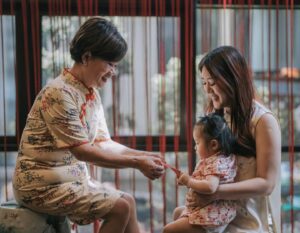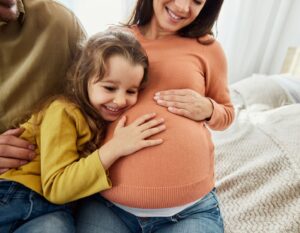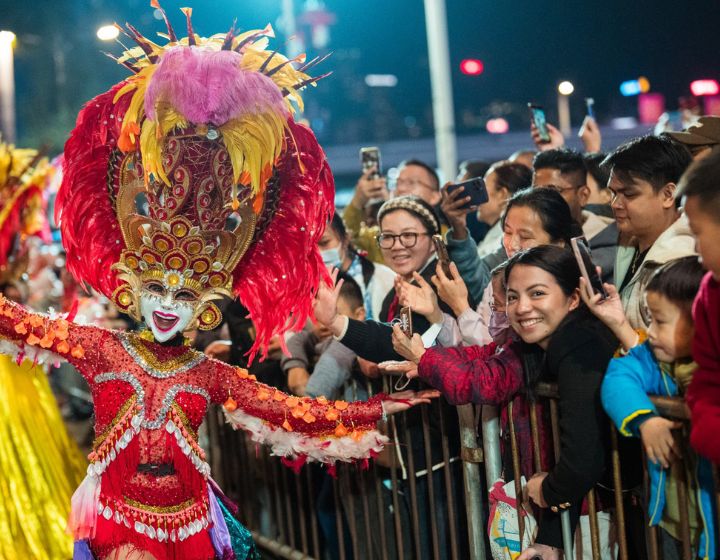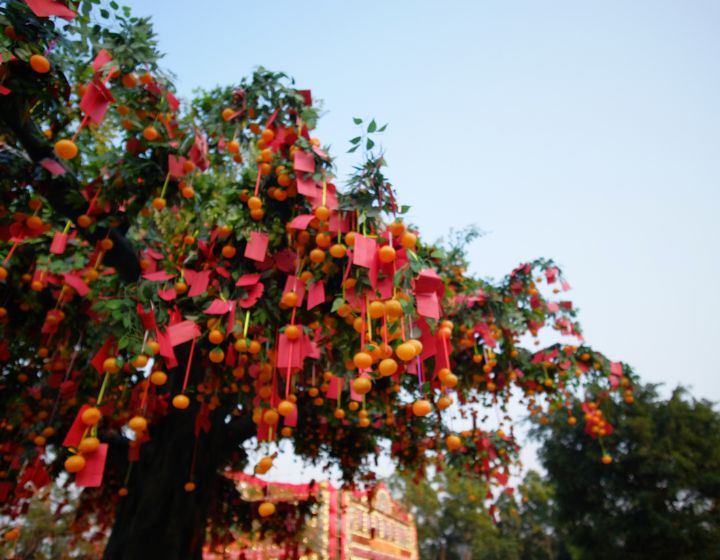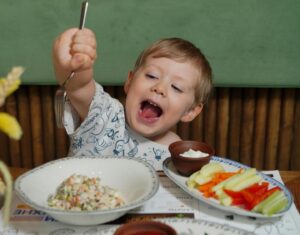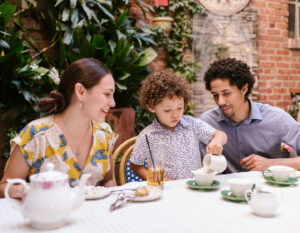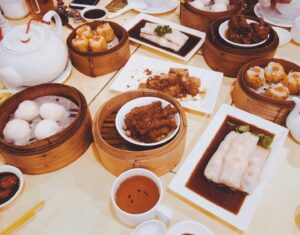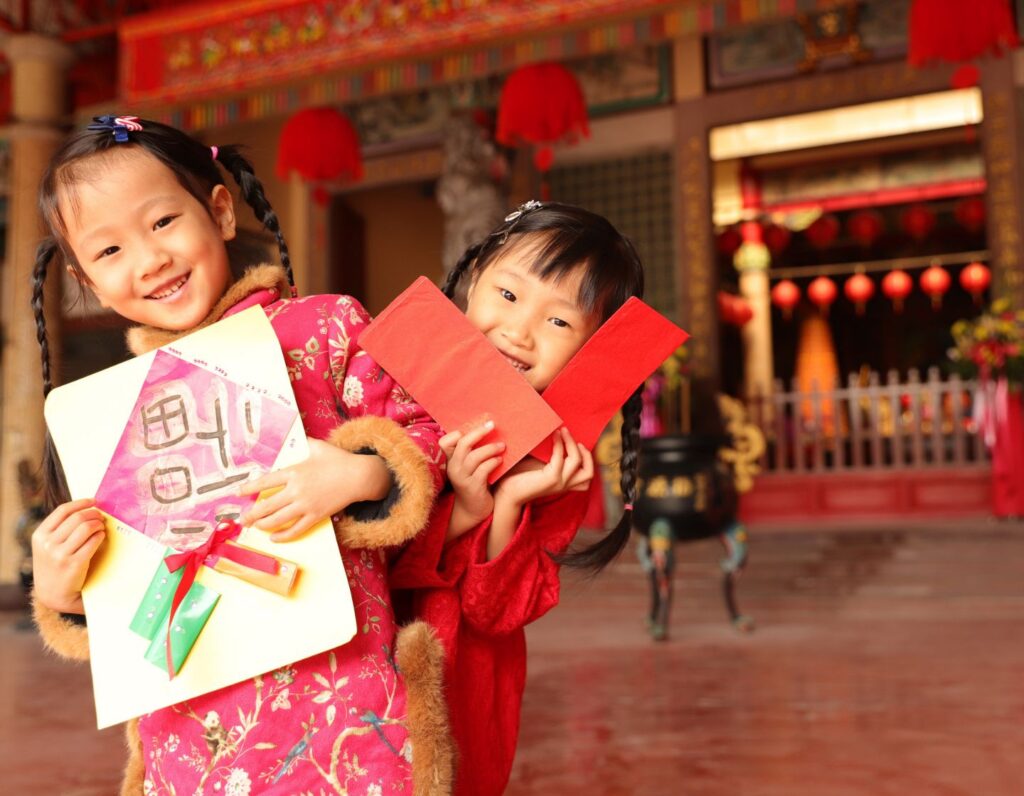
 Post Category - What's OnWhat's On - Post Category - Things to Do With Kids in Hong KongThings to Do With Kids in Hong Kong
Post Category - What's OnWhat's On - Post Category - Things to Do With Kids in Hong KongThings to Do With Kids in Hong KongHere’s everything you need to know about welcoming the Year of the Snake in 2025 and all the Chinese New Year events to check out with your family in Hong Kong!
Chinese New Year is the Hong Kong’s most significant holiday and a great opportunity to experienced a traditional celebration with family. Previous years have seen streets decorated with CNY lanterns, dragon and lion dances, plus abundant Lunar New Year feast to be shared with loved ones.
2025 festivities promise to be bigger than ever. We’ve gathered all the info you’ll need on popular Chinese New Year customs and traditions in Hong Kong. Looking forward to welcoming The Year of the Snake!
Jump To:
When Is Chinese New Year?
Origins Of Chinese New Year
How To Celebrate Chinese New Year In Hong Kong
Family-Friendly Chinese New Year Events In Hong Kong
Chinese New Year Food
Read More: Chinese New Year 2025 — Camps And Classes For Kids
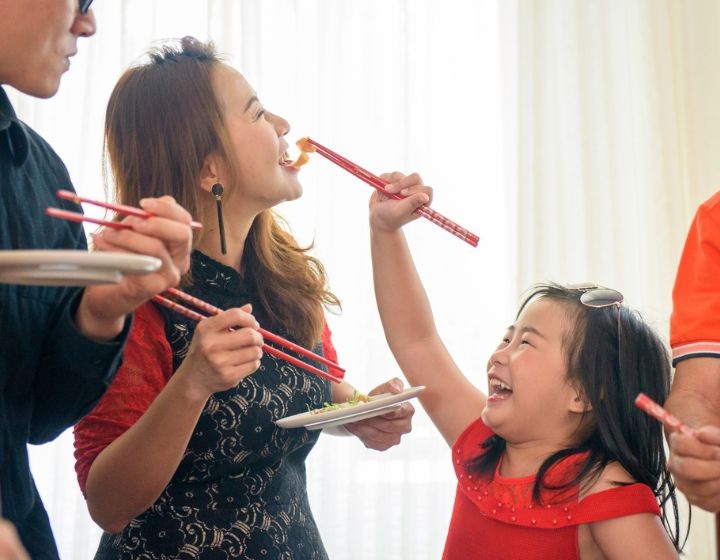
When Is Chinese New Year In 2025?
Following the lunar calendar, Chinese New Year usually takes place in either January or February. Traditionally, this festival used to take place over fifteen days but, in the modern working world, only three days are given in Hong Kong as public holidays. However, many festivities and traditions still carry on past this three-day holiday.
This year, Chinese New Year falls on Wednesday, 29 January 2024.
Chinese New Year is a time meant to be spent with family. It almost always records one of the largest human migrations in the world!
Read More: The Etiquette Of Giving Lai See And Red Packets In Hong Kong
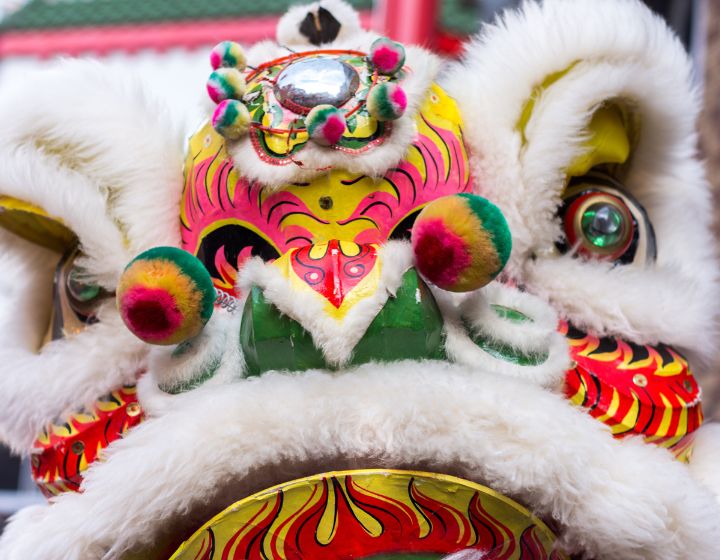
Origins Of Chinese New Year — The Spring Festival
Chinese New Year is believed to have originated in agrarian society from when farmers used to pray for success in the coming farming season, which is why the celebration is also known as the Spring Festival. Legend has it that a monster named Nian would come to the villages once a year and eat children and livestock and that the only way to banish it was with red decorations and plenty of loud noise. Fireworks and lion and dragon dances are some of the colourful and loud traditional displays that are still seen today.
Read More: Where To Watch The New Year’s Eve Countdown Show And Fireworks In Hong Kong
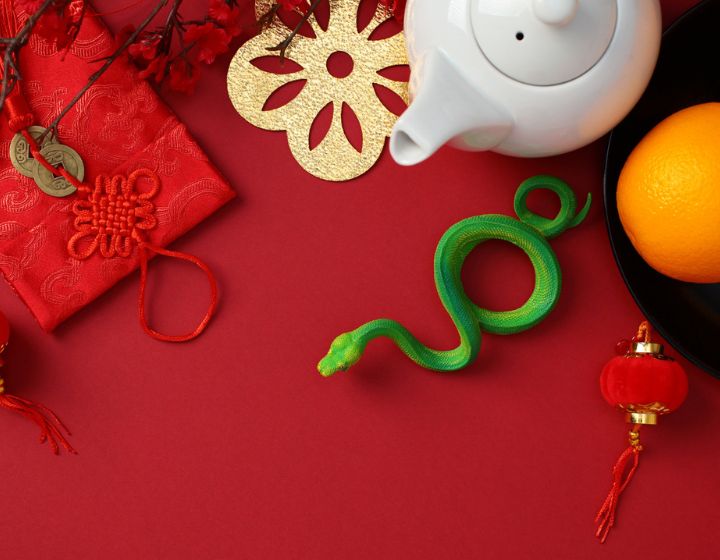
The Chinese Zodiac — Welcome to the Year of the Snake
While the origins of this tradition aren’t certain, the zodiac has been a part of the Chinese calendar and new year since around the Tang dynasty (618 to 907 AD). The zodiac follows a 12-year cycle with each Chinese New Year representing a different animal. 2025 is the Year of the Snake. The (lunar) year when you are born determines what animal you’re associated with.
Similar to Western astrology, each animal attribution has its personality traits and will have different levels of luck depending on what year of the zodiac it is. Contrary to popular belief, the year of your zodiac is considered bad luck, so if you were born in the Year of the Snake you should take extra care to protect yourself from bad spirits this year! This can be done by wearing lots of red clothes.
How To Celebrate Chinese New Year In Hong Kong
Before the new year, locals clean out their homes and get haircuts as it is considered bad luck to do either of these activities during the time of the New Year. Then, on New Year’s Eve, families will gather for a special reunion dinner (nian ye fan, 團圓飯). Traditionally this dinner is meant to be held at the most senior family member’s home, but in modern times these dinners are often held wherever convenient (or at a family-friendly restaurant). During the first two days of Chinese New Year, families will visit each other and have large dinners, often wearing brand new clothes. Families will also take this time to visit temples to seek out blessings and luck for the coming year.
Read More: Cheongsam And Qipao — Traditional Chinese Dresses For Mums And Kids

Sightsee the Chinese New Year Decorations
Just before the new year, families and businesses will start to decorate their homes with fai chun (揮春). These are bright red and golden banners and décor that contain sayings of luck and prosperity. Traditionally, fai chun used to be hand-painted but now you can easily find this décor just about anywhere in Hong Kong.
Many shopping malls around Hong Kong will have fabulous Lunar New Year decorations, and there is often a lovely lantern display near the clocktower at Tsim Sha Tsui.
Read More: Hong Kong International School Holidays Calendar

Head To The Chinese New Year Flower Markets
The Hong Kong flower markets that pop up in Victoria Park and other locations around the city are back for 2024 for you to get your flower fix. You’ll see florists and nurseries overflowing at this time of year and a stroll through the Mong Kok flower markets can make for a lovely day out with the kids.
Some popular plants to decorate your home to welcome the new year include:
- Kumquat or mandarin trees – Wealth and good luck
- Orchids – Elegance and fertility
- Lucky bamboo – Good fortune and happiness
- Peach blossoms – Growth and prosperity
Read More: Indoor House Plants In Hong Kong — Stores And Nurseries That Deliver

Exchange Chinese New Year Lai See (利市) packets
Children and adults who are unmarried will receive lai see (利市) packets, which translate as “lucky money” from family and friends. These little red envelopes contain money, often newly issued and never in unlucky denominations. The number four, for example, is – sei 四 – which is also the homophone for death – sei (死), so definitely not a lucky number!
Lai see is also given by bosses to employees, and married couples will also give lai see to those who provide them with a daily service like a doorman, security guard or a cashier at the supermarket.
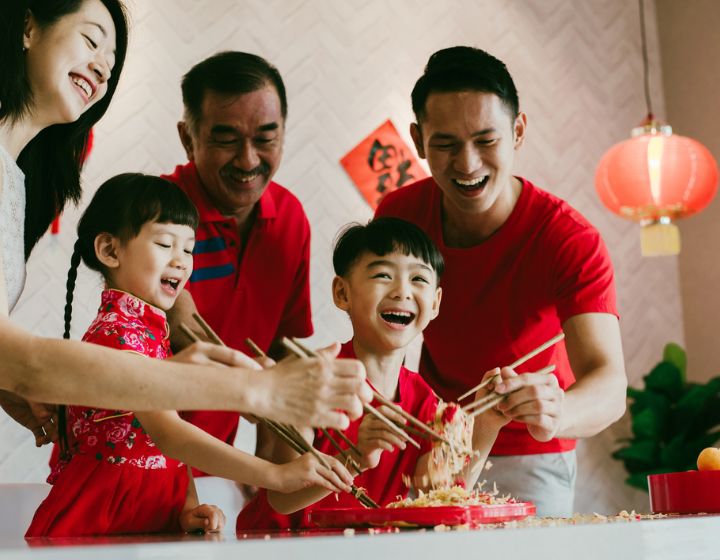
Family-Friendly Chinese New Year Events In Hong Kong
If you’re looking for fun activities to do with the kids during Chinese New Year, check out these events taking place in 2025.
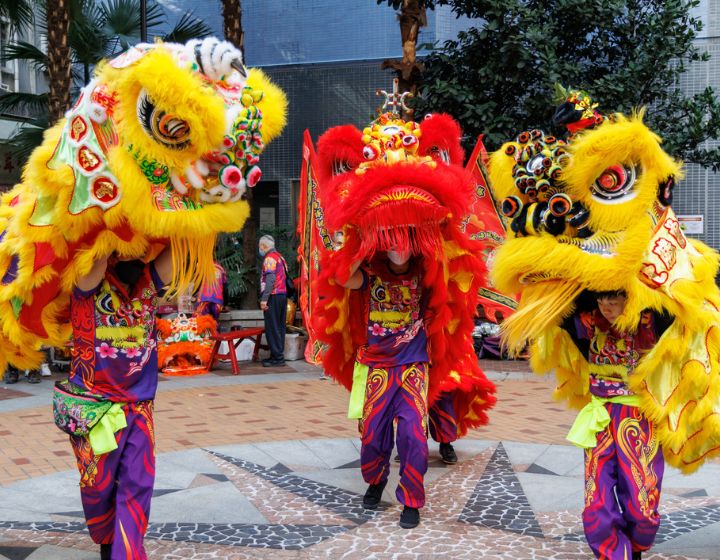
Lion Dances – Chinese New Year event held at various locations across Hong Kong
The lion dance is said to chase away evil spirits and usher in good luck and prosperity. The lion dance often has a common traditional element that takes place called “picking the greens” (採青). Oranges, tangerines or more often lettuce, as it sounds like a lucky word in Chinese (meaning to create wealth), are offered to the lion. Attached to the lettuce is a lai see red packet containing money. This is offered to the lion, who will then act curious and cat-like around it before taking the offering in his mouth. The lion will keep the lai see packet and spit out the greens and it is said that those who catch the greens will have exceptionally good fortune that year.
A few places to catch lion dances include:
- AIRSIDE, 8 February 2025
- Ngong Ping Village, 27 January to 31 January 2025
- Lee Tung Avenue, 29 January to 1 February 2025
- Citygate Outlets, 12 February 2025
- The Peninsula Hong Kong, 29 January and 1 February 2025
Read More: How To Raise Multicultural Kids In Hong Kong
2025 Cathay International CNY Night Parade
Experience the lively Cathay International Chinese New Year Night Parade in Hong Kong’s Tsim Sha Tsui area, featuring dazzling floats and talented performers. The parade will start at the Hong Kong Cultural Centre Piazza and proceed along Canton Road, Haiphong Road and Nathan Road, finishing off at the Sheraton Hong Kong Hotel and Towers. Tickets for spectator stands are sold out but if you arrive early, there will be free viewing spots along the parade route. Find more information here.
Lam Tsuen Well-Wishing Festival – Chinese New Year event in Tai Po
This event takes place in Lam Tsuen, New Territories, with festivities taking place over the entire fifteen days of the new year. To partake in this custom, you just have to write a wish attached to a string, with an orange on the other end. You then throw the wish and orange up into the tree. You can also release a wishing lantern at the nearby river to participate in the carnival. This custom and carnival is great fun with kids!
Read More: Hong Kong House Cleaning Services, Carpet Cleaning, Air Con Cleaning And More
Lantern Festival – Chinese New Year event signifying the end of the celebrations
The last day of Chinese New Year, the 15th day, is called the Lantern Festival (jyun siu zit, 元宵節). This year the Lantern Festival falls on Wednesday, 12 February 2025. Illuminating lanterns is a way of wishing a good start to the new year. Hong Kong holds beautiful Lantern Festivals in a few different spots during the time of Chinese New Year, with the main one in Tsim Sha Tsui. The Lantern Festival is also the equivalent of Valentine’s Day in the West so couples will often spend time together and go on dates.
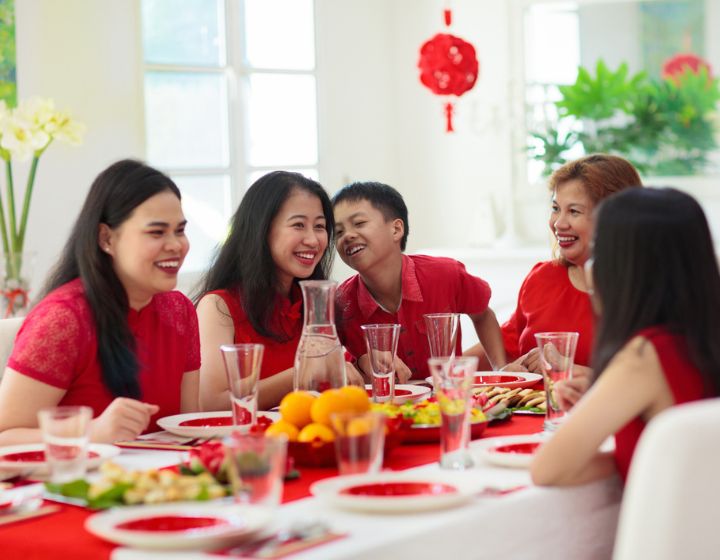
Food To Savour During Chinese New Year
Food is an essential part of Chinese New Year. When families get together for their New Year dinners, trays of togetherness (cyun hap 全盒), or candy boxes, are brought out. These trays are circular and contain a lucky number of compartments within them, such as six or eight. Traditionally, these trays contain dried fruits, nuts and seeds but many modern ones now include sweets and chocolates. The tray of togetherness is never supposed to be empty during the new year!
Other important New Year dishes include:
- Rice cake (nin gou 年糕) – A sweet and sticky treat that literally translates to “new year cake”
- Turnip cakes (lok bak go 蘿蔔糕) – A savoury dish that is actually made from daikon, which is a Chinese radish rather than a turnip
- Glutinous sweet rice balls (tang yuan 湯圓) – Being served in a bowl of sweet syrup is significant as the name is a homophone for “union”
- Poon choi (盆菜) – A traditional Hong Kong dish also known as “basin dish” which originated in the New Territories sometime in the 7th Century. Villagers would bring meat and seafood all to be cooked in one pot and shared with the community. The food is arranged so that the delicacies sit on top. Poon Choi can now be eaten just about anywhere in Hong Kong from high-end Michelin-star restaurants to fast food.
Read More: Hong Kong Dim Sum Restaurants — Our Favourite Yum Cha Spots To Take The Kids
Editor’s Note: “Chinese New Year In Hong Kong: Welcome The Year Of The Snake” was most recently updated in January 2025 by Sassy Mama.
 View All
View All


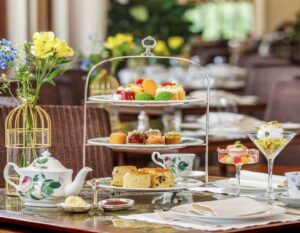


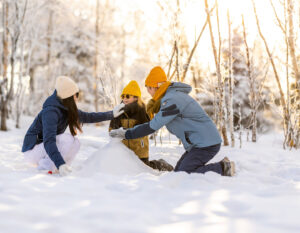
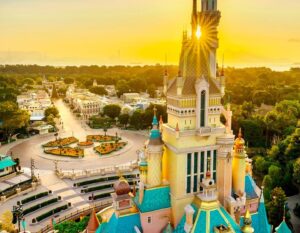




 View All
View All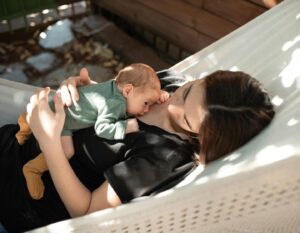
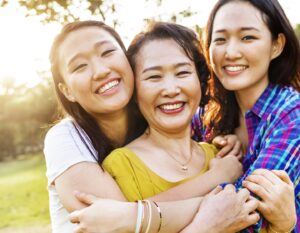


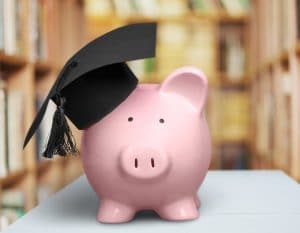

 View All
View All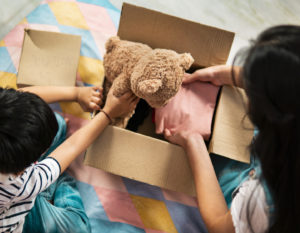


 View All
View All

